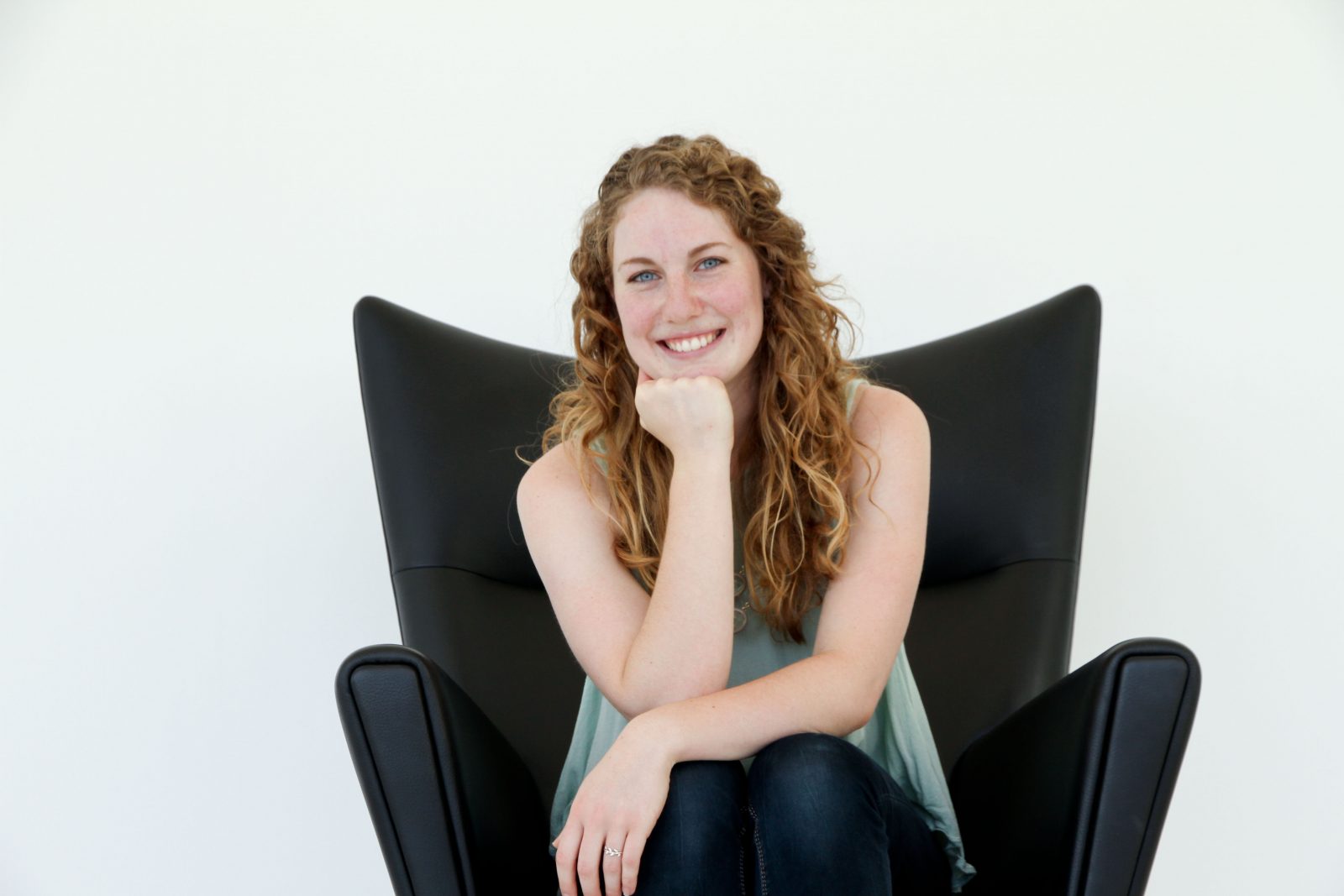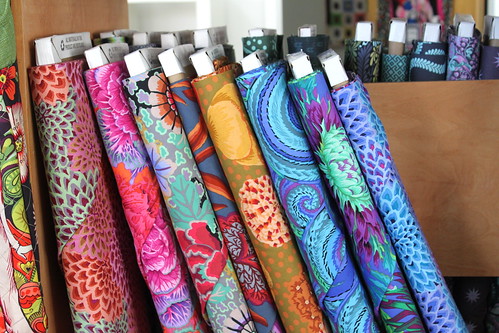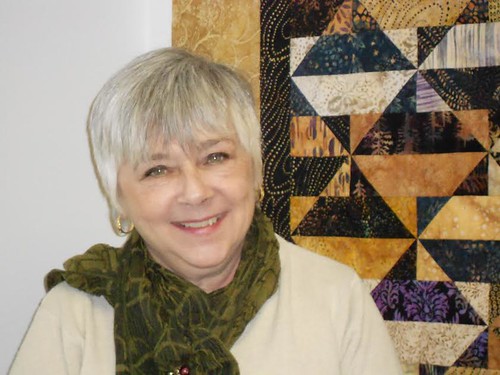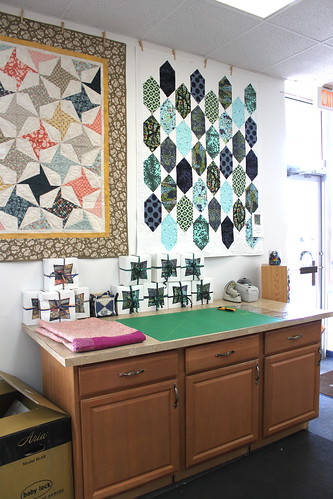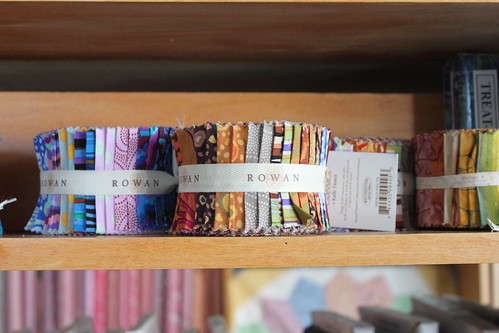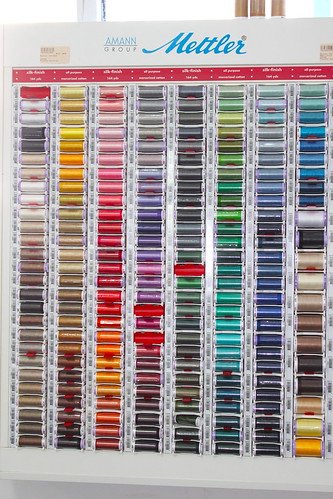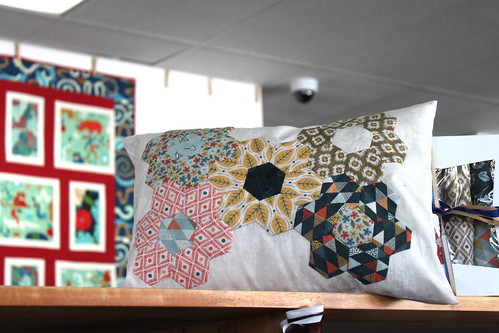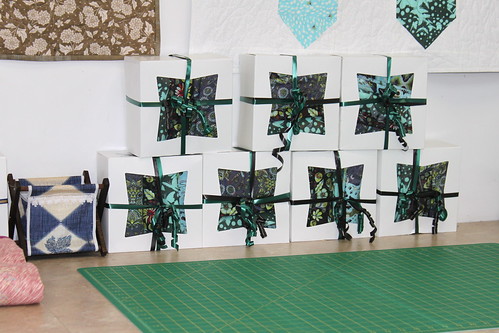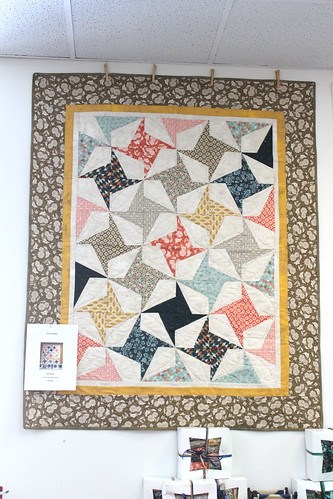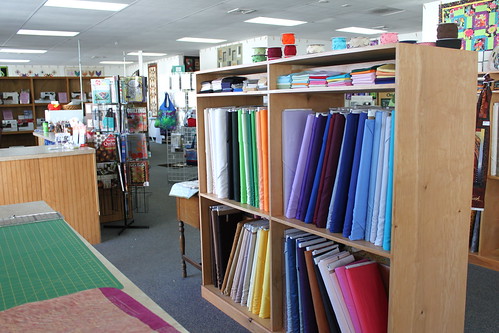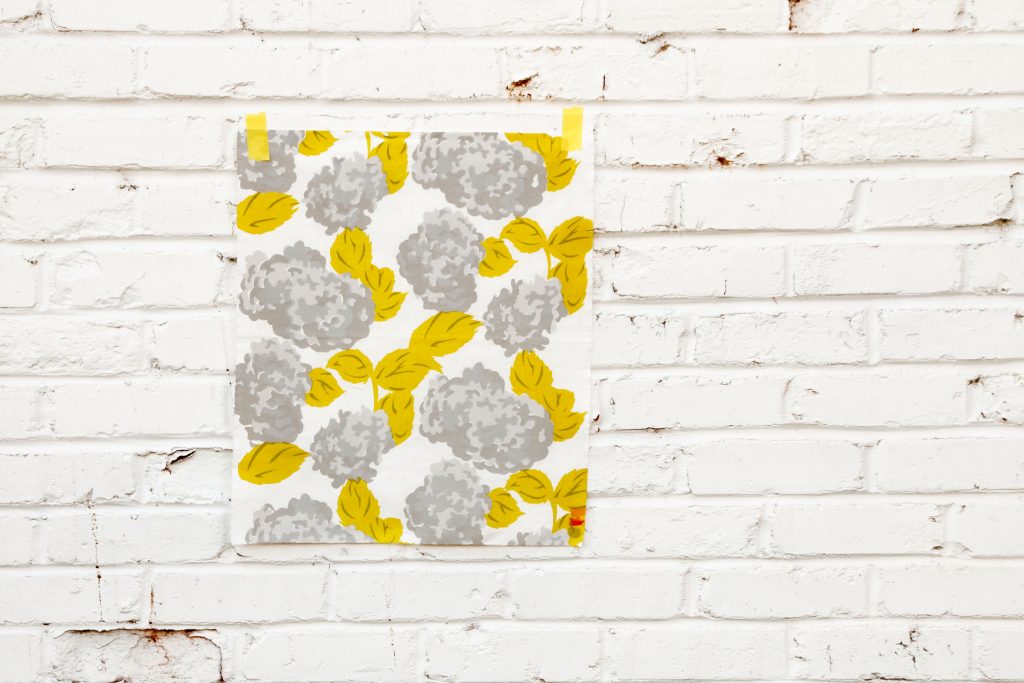
photo courtesy of Kelsey Boes
I recently purchased a hand-printed bundle of fabric from the Etsy shop Lovely & Enough, owned by the talented and charming, Kelsey Boes. My first introduction to Kelsey was through her blog, also named Lovely & Enough, when she participated in last year’s New Quilt Blogger’s Blog Hop. Since then, I have followed her transition from undergrad at Wheaton to graduate student (she’s pursuing a PhD in Textile Chemistry at NC State) and shop owner. The reason Kelsey is so captivating, is that she lives with intention, and her work reflects this. Peruse her blog and you will see simple, well-crafted fabrics and quilt designs at their best. I think you will find her as lovely and endearing as the name of her business implies.
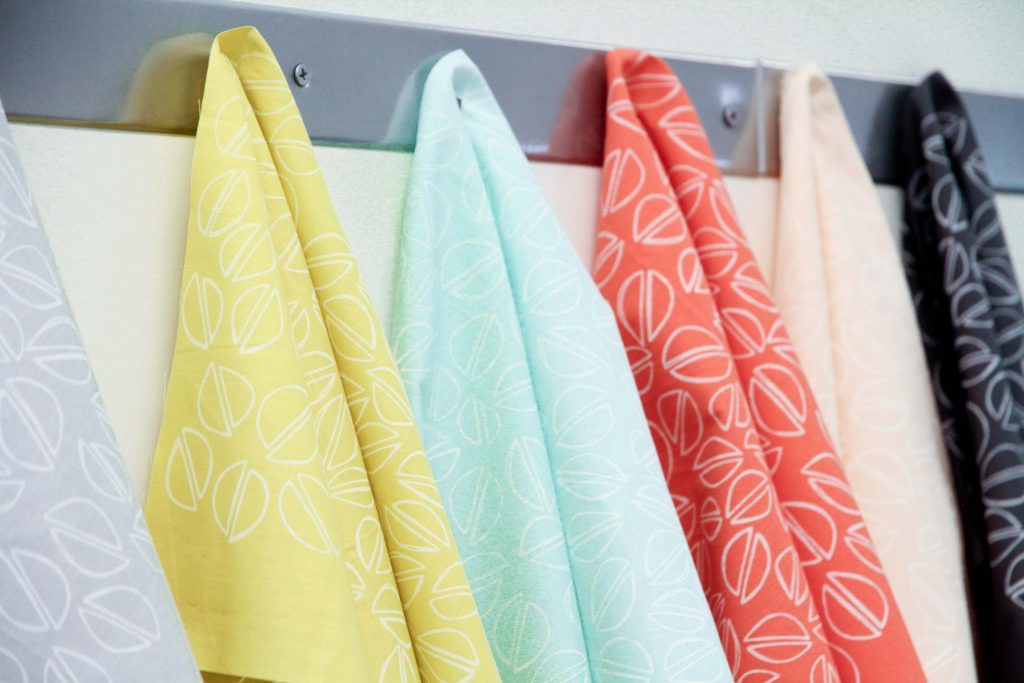
photo courtesy of Kelsey Boes
Before we get started, Kelsey, can you please tell us a little bit about yourself!
I am an avid lover of books and chai tea lattes. Recently I’ve been enjoying Quiet: The Power of Introverts in a World that Can’t Stop Talking by Susan Cain and the ever popular Savor Each Stitch by Carolyn Friedlander. After finding a good book, the hunt for the perfect coffee shop ensues in earnest. Morning Times is winning me over with its honey-infused chais and exposed brick walls, peaceful and yummy. Most Saturdays if I’m not in said coffee shop studying and sipping said chai, you can find me hunting down mid century modern furniture and vintage kitchen utensils at estate sales.
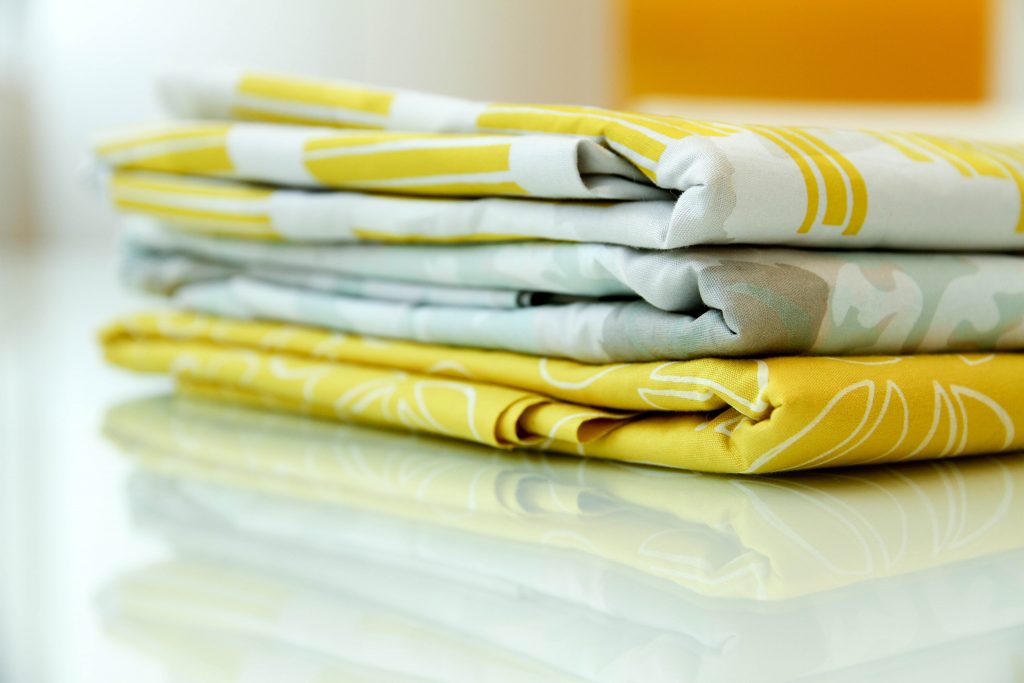
photo courtesy of Kelsey Boes
You have an undergrad degree in studio art and chemistry. Tell us about your artistic journey, and how you got started as an artist.
It was a tad tumultuous. I kicked off college as a Graphic Design major but quickly felt overwhelmed with the need to have an artistic voice. In fact, it was enough to push me out of art and into the mental acrobatics and perceived job security of chemistry. Then the summer after my sophomore year, sitting at the wheel in a ceramics class, I realized what I still deeply desired—to be an art major and cultivate my own senior exhibition. I sweet-talked my prof and turned in a late portfolio to be accepted back into the art department as a double major, and that was the beginning.
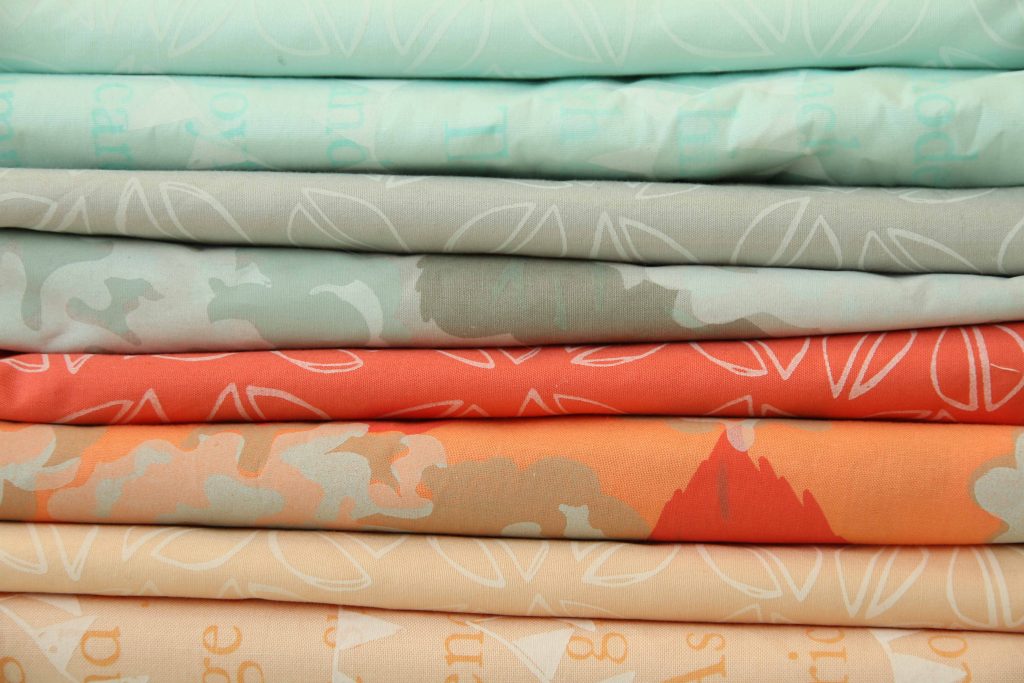
photo courtesy of Kelsey Boes
When did you determine that textile arts were going to be your medium of choice? And how did you come to screen printing on fabrics as your main method of expression?
My love of textiles began with a pair of knitting needles from Disney World when I was eight and has morphed and blossomed unimaginably since with incredible nurture and encouragement from my mom. Just two years ago I stumbled upon Leslie Keating’s Hand-printed Fabric Swap online and printed my first fabric design, Drunken Circles, with a stencil and embroidery hoop. That next summer I took a textile silk-screening class for a month in Florence and fell in love. It’s a year and a half later now, and I have never looked back.
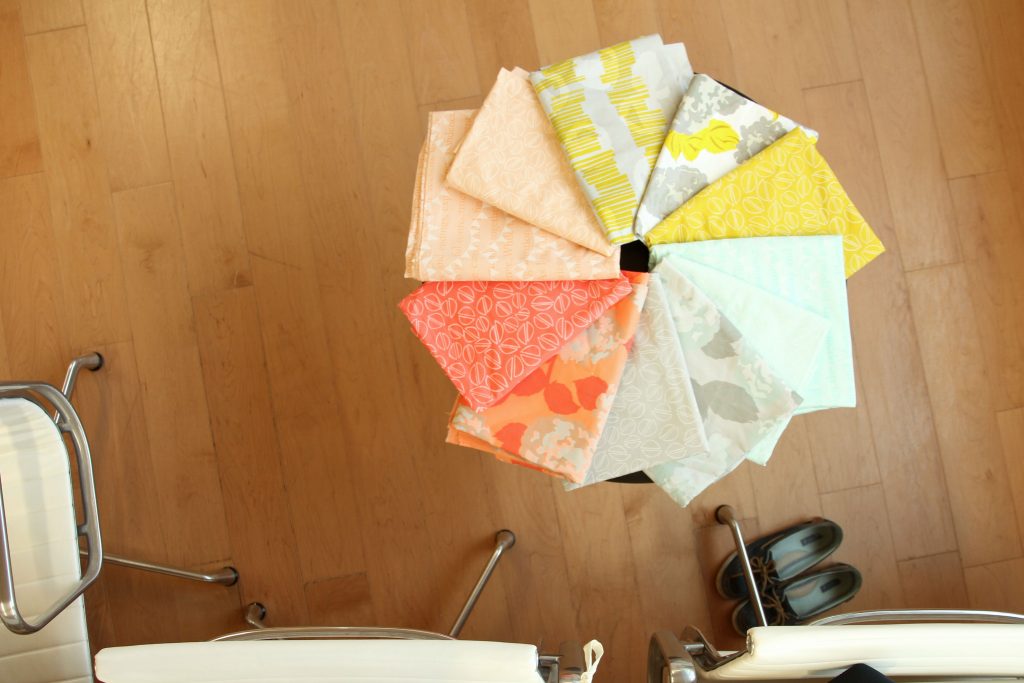
photo courtesy of Kelsey Boes
You have a very clean aesthetic, what is your inspiration?
I am obsessed with midcentury modern furniture: clean lines and eye catching angles. If my quilts could be sold just one place, I would choose Room & Board. (Okay, or Three Chairs Co. It’s a toss up.) When I’m dreaming up a new quilt, I imagine I’m standing on the first floor of Room & Board in Chicago, and I try to picture how the quilt would look hanging above the Eames chairs and minimalist table there. If the quilt fits, it’s a winner.
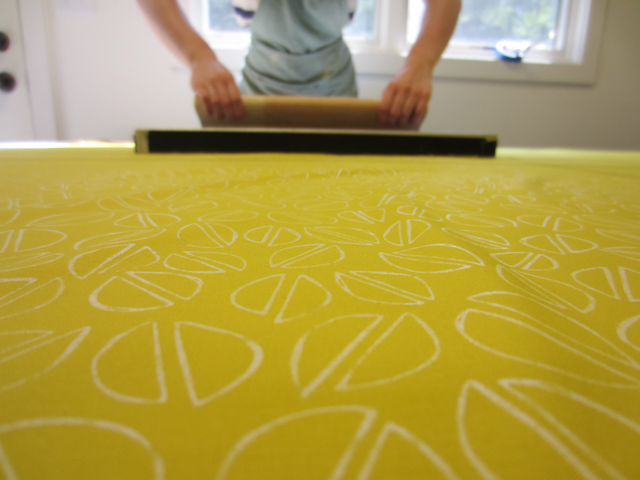
photo courtesy of Kelsey Boes
What types of printmaking methods do you use? Can you tell us a bit about your process?
Primarily, I screen print. I enjoy the crisp, graphic aesthetic it offers. If you’re not familiar with screen printing and what it entails, I detail the Screen Printing Process on my blog. It’s a bit more involved than you might think. However, screen printing allows me to print yardage faster and more precisely than block printing affords. I’ve also been experimenting with screen printing designs onto already pieced quilt tops. With such modern and dynamic results, I look forward to exploring this further.
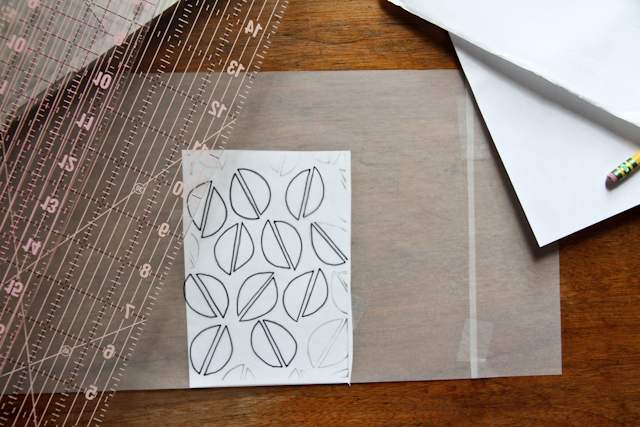
photo courtesy of Kelsey Boes
How does your ultimate end (i.e., making a quilt with the fabrics you design) impact your color choices and your design choices?
I have three goals as I sketch new patterns: scale, repeat, and versatility. When it comes to scale, the current quilting cottons available offer countless small prints but not many large. Since I like my fabrics to add dynamism and movement, not miniscule pattern that reads as a solid, I aim for sizeable patterns. This is probably my primary objective. Second comes the repeat. I seek to avoid awkward empty patches that might leave a small HST completely unprinted or a yawning gap in the middle of a quilt. Lastly, versatility. Although I adore my first Longlegged flamingo print, it’s not quite as practical as the all-over design of Pistachios.
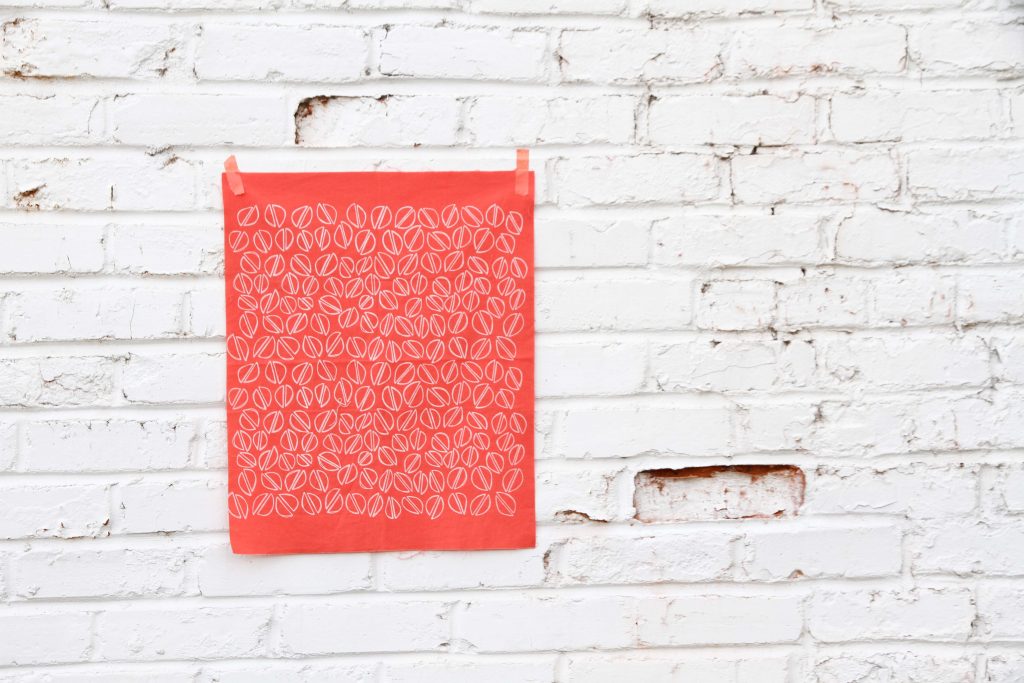
photo courtesy of Kelsey Boes
You are working toward a degree in Textile Chemistry. How do you see your art fitting in to your final goal? Will it be a part of your job description? Or will your art become something in addition to your “day job”?
It is my dream to either design fabrics for Art Gallery or develop breathable raincoat materials for Patagonia. Disparate aspirations, I realize. To be honest, I don’t know what the future holds. I do know that I am loving grad school and adoring working with textiles on the side. Where life might take me is an exciting new adventure in the making. I will know what is to come when I get there.
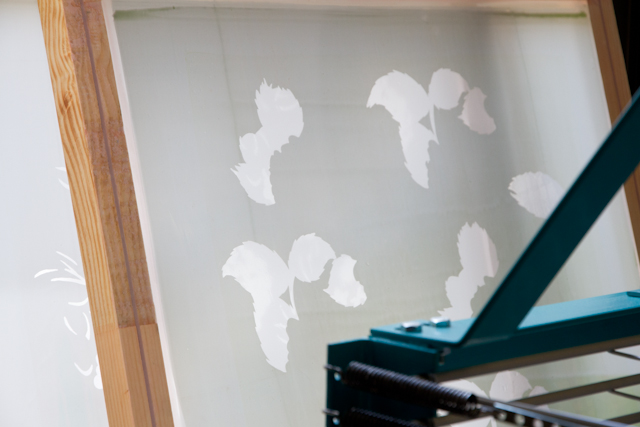
photo courtesy of Kelsey Boes
What’s next for you? Are you looking to expand the shop? Sell your works as an artist? A little bit of both?
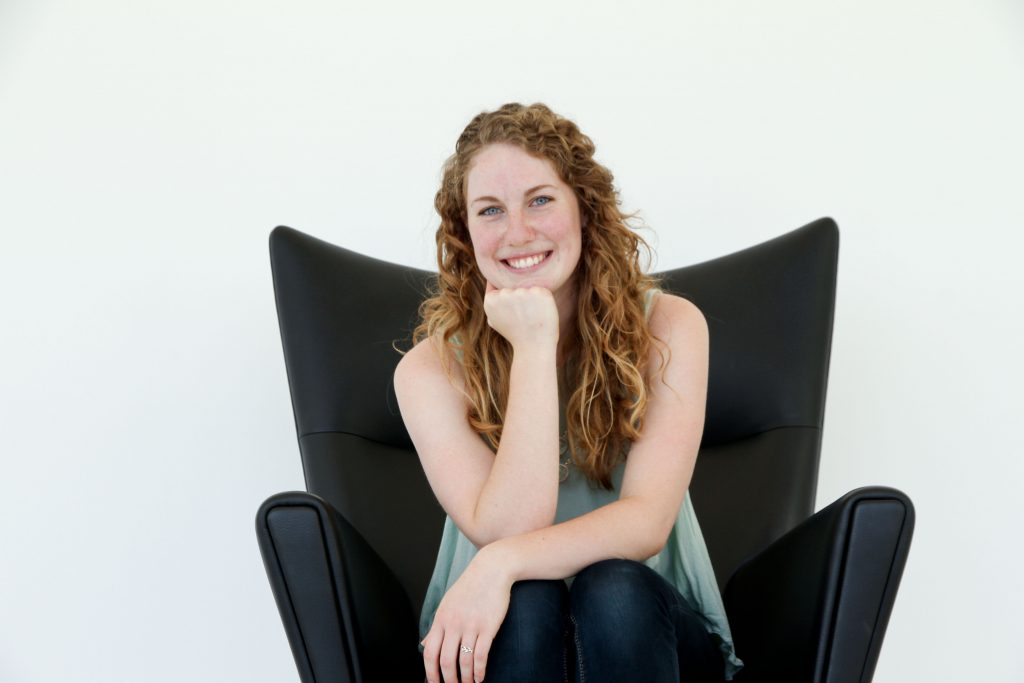
photo courtesy of Kelsey Boes
Definitely both. I am thrilled to release a set of small quilts early this summer. Initially just listed in the Etsy shop, I sincerely hope to be able to sell them at two adorable local shops, Ramble Supply Co. and Gather. As for fabric designs, I am taking a small recess from fabric and quilt design for the summer to be able to enjoy gardening and reading books. Perhaps some new designs will grace my printing table this fall and join the collection.
Thank you so much, Kelsey, for sharing your process and your goals with us! You are such an inspiration to me, personally, and I’m sure many others will agree! To find out more about Kelsey, be sure to check out her Etsy shop, her blog, her IG feed and her Kickstarter campaign! Oh, and you can listen to Kelsey’s chat with Pat Sloan on her quilting podcast, American Patchwork & Quilting!

